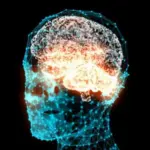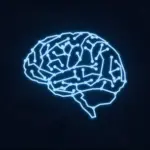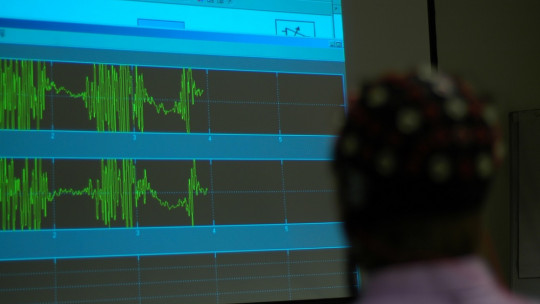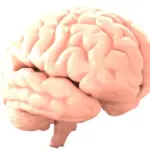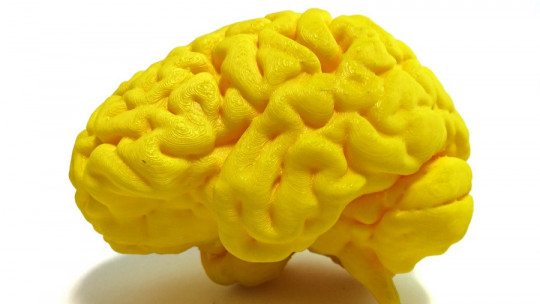
In the field of mental health, the brain is the structure of the human body to which researchers around the world have dedicated the most time and effort for several decades, creating various methods for monitoring brain functions in real time.
Thanks to the knowledge about the brain that we have achieved through the combination of scientific and technological development, today there are resources such as neurofeedback, very valuable in the treatment of various disorders. In this article, specifically, we will focus on explaining How neurofeedback is used in the treatment of insomnia.
What is neurofeedback?
Neurofeedback, or neurofeedback technique, is a form of psychotherapeutic intervention that acts as a link between psychology and neuropsychology, since it is based on keeping the patient informed in real time about the nervous activation patterns of their brain.
Neurofeedback uses the electrical impulses that brain neurons emit during their connections or synapses and transcribes them into a clear image of that brain activity at the moment in which it occurs.
In this way, these electromagnetic impulses emitted by neurons can be monitored, measured and observed by the patient who becomes aware of the logic that operates behind these brain activation patterns.
How does neurofeedback work?
As indicated, through the use of neuroimaging we can identify what type of electrical signal corresponds to each psychological state that is, to altered states such as anxious or stressed, or calm, for example.
These brain impulses are measured by placing electrodes on the person’s scalp and clips on each earlobe, which will function as a neutral reference to measure brain activity. It is, therefore, a painless and non-invasive procedure.
When starting the neurofeedback session, the person receives a series of visual or auditory content such as specific music, a sound, a movie or a video game that is interrupted every time the person presents an abnormally intense or variable electrical activity.
This interruption informs the person of the negative patterns that their brain is having and forces them to modify them with more positive or adaptive ones, which is known as neural feedback.
In this way, the brain is trained to change its maladaptive responses every time a high variation is experienced in the electromagnetic impulses of its internal activity.
This training, in the long run, will allow the person to modify their brain activity on their own and without having to resort to neurofeedback again, since these brain correction processes will have become automatic.
The use of neurofeedback in the treatment of insomnia
The main uses for which the neurofeedback technique was created were classic psychological disorders, that is: cases of anxiety, depression, stress, insomnia, autism, hyperactivity, ADHD or chronic pain.
However, currently there are many other uses and benefits of neurofeedback to improve any type of aptitudes and abilities in a wide variety of professions or diverse human activities. In the case of insomnia, neurofeedback is used on the premise that problems such as the inability to fall asleep when going to bed are due, at least in part, to thought patterns that lead to self-sabotage, and more specifically, to keep stress or anxiety at high levels (when just the opposite should happen to enter a state of deep relaxation that precedes sleep).
In this way, neurofeedback offers a context in which the person trains himself to detect in time the thought management dynamics that feed stress so that you interrupt them when they occur and can redirect your attention to other mental processes more compatible with relaxation, before falling into psychological rumination (the vicious cycle of intrusive thoughts that keep us in suspense).
Thus, the possibility of the patient ending up in a vicious cycle of anxiety and stress that causes insomnia is prevented. The objective is that, spontaneously and almost without realizing it, the person quickly detects the thought paths that will do them no good when going to sleep so that in this way it does not contribute to expanding and intensifying those ideas, mental images, catastrophic predictions, etc.
Do you want to have the therapeutic support of neurofeedback?
If you are interested in starting a treatment based on neurofeedback, Get in contact with us ; At Neuroscenter we can help you.



